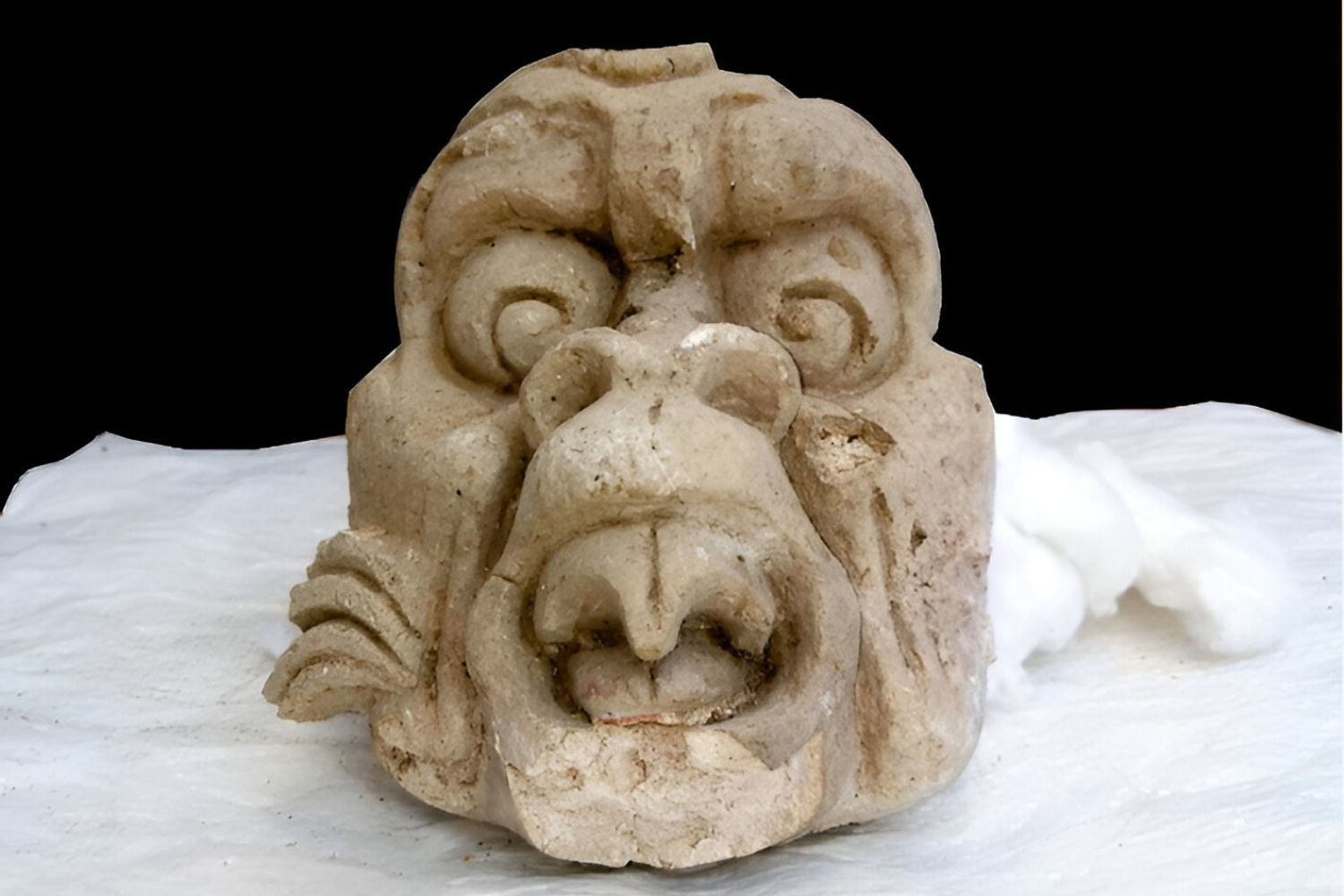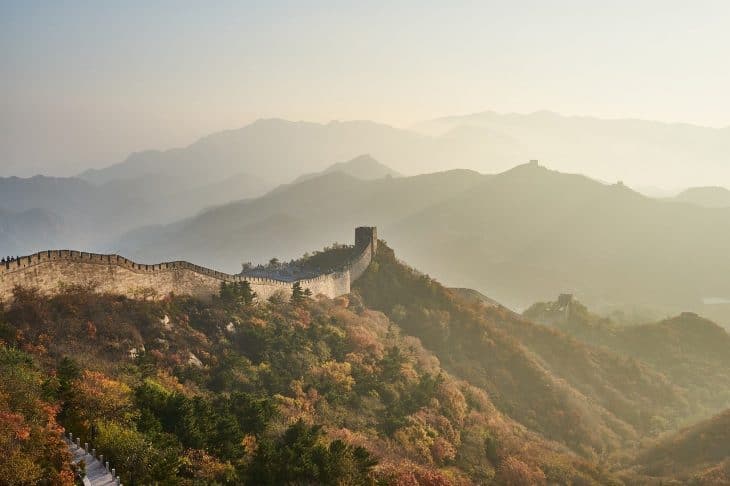
The Great Wall of China is one of the most visited places in the world. The Wall has a very long history, from defending the country’s economic development, its culture, trading routes during the early years, and until this very day, it is the signature landmark of China. Check out these Great Wall of China facts!
- The Great Wall of China is 21,196 kilometers long.
- The Chinese name of the Great Wall literally means “The 10,000 Miles Long Wall.”
- The construction of the Great Wall started as far as 770 BC, making it more than 2700 years old today.
- Just during the Qin dynasty alone, more than 1,000,000 laborers were sent to build the Great Wall.
- More than 11 million workers were sacrificed during the construction of the Great Wall.
- The Great Wall of China is a historical series of walls and fortification systems.
- Its main purpose was to prevent invasions from enemies, especially nomadic tribes in northern China, or Mongolia today.
- Unfortunately, there were still several times where it failed to stop the invaders.
- Some parts of the Great Wall were equipped with military facilities, such as watchtowers, trap doors, and beacon towers.
- Major constructions of the Great Wall started around 221 BC, under the order of Emperor Qin Shi Huang.
- The Great Wall’s significant sections were built by the Ming dynasty which occurred in the year 1368 to 1644.
- It also served China as border controls to regulate its people, livestock, and goods.
- The Great Wall represents the unification of China after Mao Zedong’s death.
- The Great Wall of China was listed as a UNESCO World Heritage Site in 1987.
- The construction of the Great Wall showcased advanced human engineering during the historical periods.
- The Great Wall of China is the longest man-made construction in the world.
- People stole bricks from the Great Wall to build houses and farms.
- During the Qin and Han dynasties, convicts and criminals were sent to build the Great Wall as punishment.
- The earliest foreign record of the Great Wall was in the 4th century.
- Chairman Mao Ze Dong once said, “He who doesn’t reach the Great Wall is not a true man.”
Great Wall Of China Facts Infographics
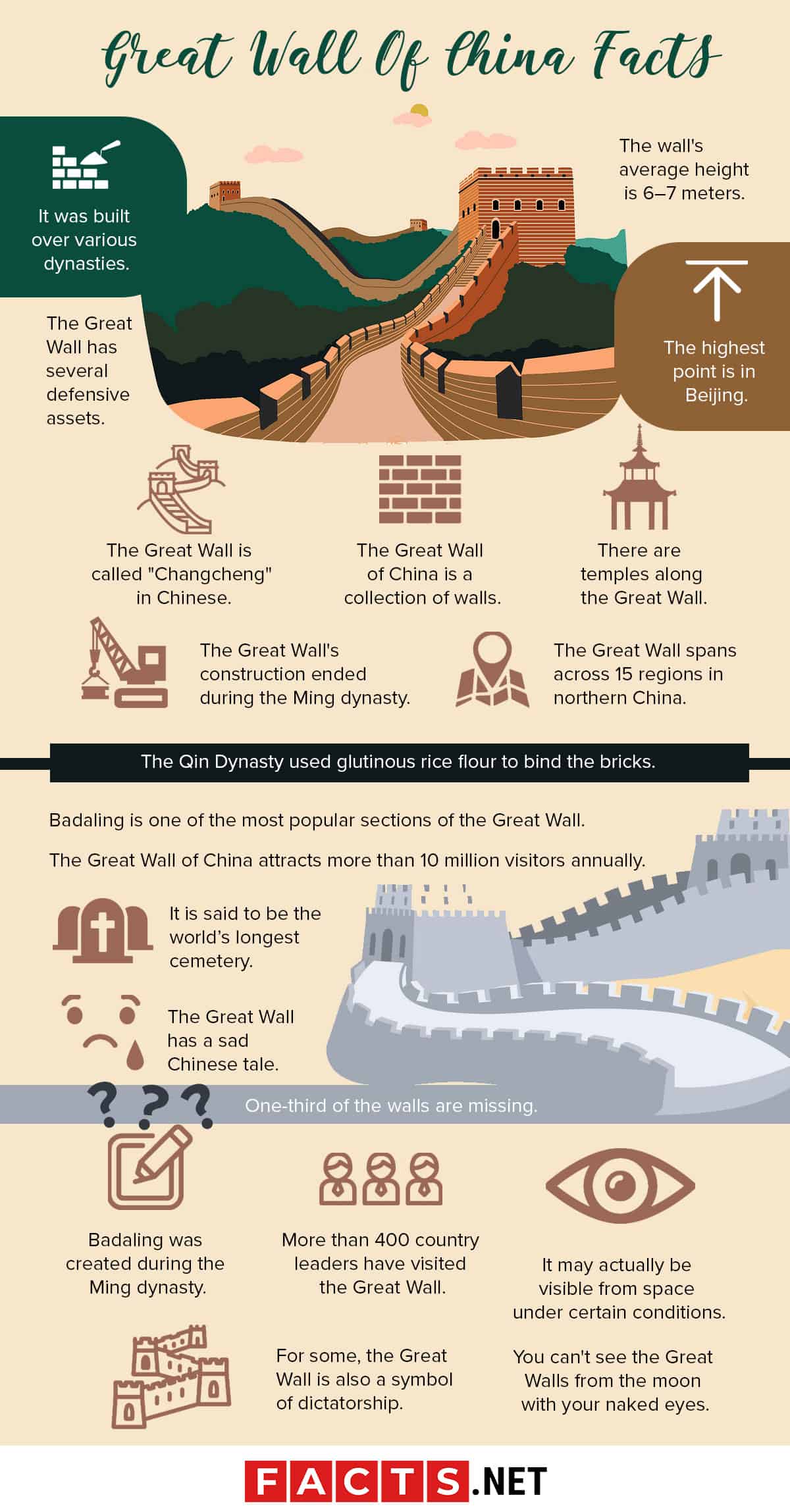
The Great Wall is called "Changcheng" in Chinese.
The Great Wall’s Chinese name is “Wanli Changcheng,” or simply “Changcheng.” The four Chinese characters, “万里长城” (Wanli Changcheng) or Great Wall was written in the biography of General Meng Tian who lived in the late third century BC.
The Great Wall of China is a collection of walls.
The Great Wall is not a single wall, but rather a collection of walls that are connected. These walls are made up of towers and forts which are built in different historical periods. Hence, the overall layout of the Great Wall is not a long single line, where some portions are parallel and uneven. In some areas, the walls are also much higher and bigger.
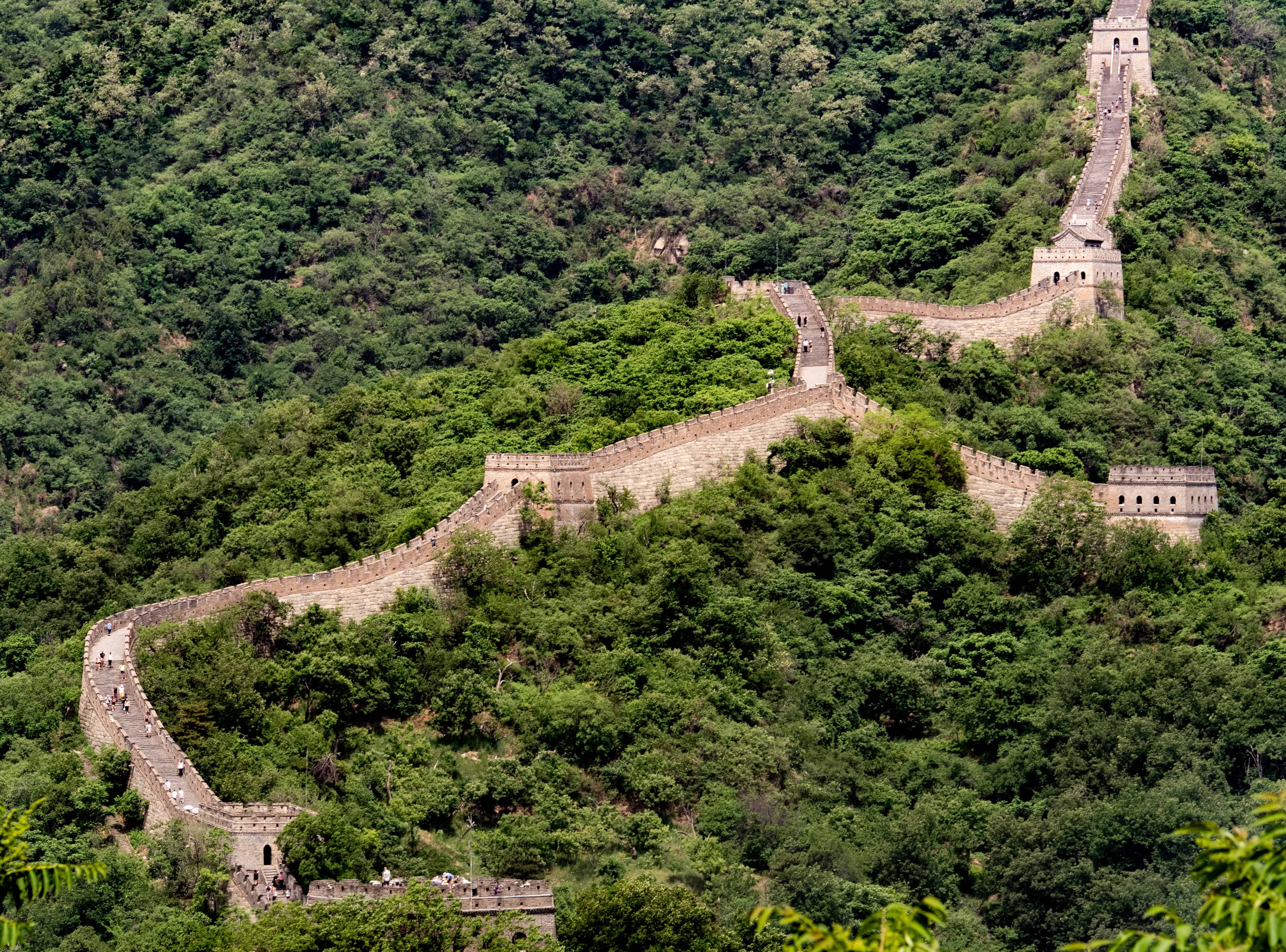
The Great Wall has several defensive assets.
The Great Wall’s defensive assets are its watchtowers, garrison stations, troop barracks, and battle signals such as using smoke or fire. It also has a platform for efficient transportation.
It was built over various dynasties.
The Great Wall was first built during the Warring States Period (an era of division in ancient China during 476–221 BC). After which, it was during the Qin Dynasty (221–207 BC), that Emperor Qin decided to connect the walls and also to unify the whole nation. Afterwhich, more notable dynasties which contributed largely to the construction of the wall was the Han Dynasty (206 BC–220 AD), and the Ming Dynasty (1368–1644).
The Great Wall's construction ended during the Ming dynasty.
The completion of the Great Wall of China was officially finished in the year 1644 under the Ming dynasty. Ironically, it was also the year when the Ming dynasty was overthrown.
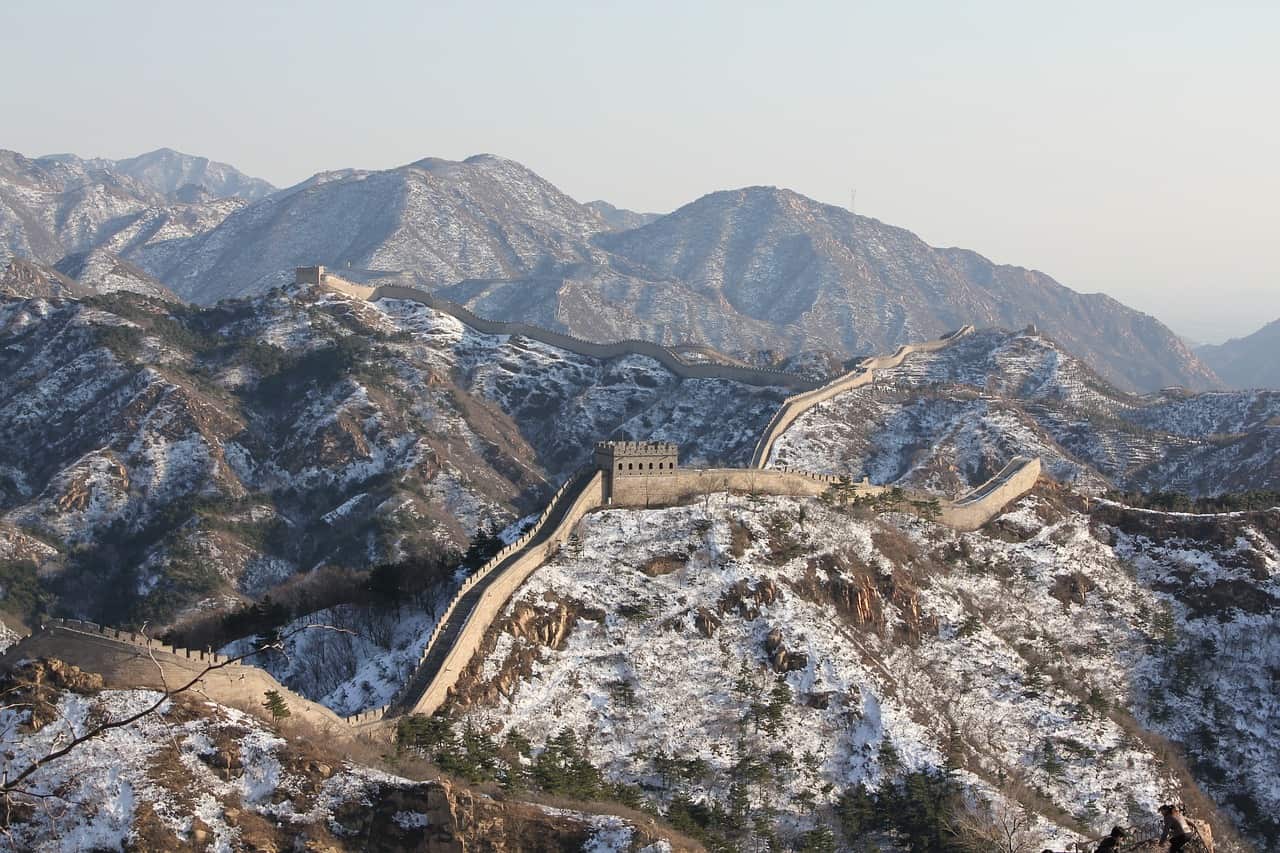
The Great Wall spans across 15 regions in northern China.
The Great Wall of China starts from Hushan, Liaoning in the east, and ends at Jiayuguan Pass, Gansu in the west. In between, it passes through a total of 15 regions: Heilongjiang, Jilin, Liaoning, Inner Mongolia, Beijing, Tianjin, Hebei, Shandong, Henan, Shanxi, Shaanxi, Gansu, Ningxia, Qinghai, and Xinjiang.
The wall's average height is 6–7 meters.
On average, the height of the Great Wall stands at 6 to 7 meters, or 20 to 23 feet, while its width ranges from 4 to 9 meters. Moreover, some parts of the walls reach as high as 14 meters or 46 feet.
The highest point is in Beijing.
The Great Wall’s highest point is located in Beijing at Heita Mountain at 5,033 feet. In contrast, the Great Wall’s lowest point is at Laolongtou at sea level.
The materials used for the construction depended on the area's local resources.
The core materials of the Great Wall’s construction were minerals, rocks, soil, brick, lime, ones, and wood. However, each material that was used highly depended on the area’s local resources at that time. For instance, walls in the plains are mostly built by lime and bricks while walls in the mountain are built with stones.
The Qin Dynasty used glutinous rice flour to bind the bricks.
From 221–207 BC, the Qin Dynasty used glutinous rice flour (a type of rice grown mainly in Southeast and East Asia) for building the Great Wall using them as a “glue” to bind the bricks.
It is said to be the world’s longest cemetery.
The Great Wall of China is also known as the longest cemetery on the planet. As millions of laborers died while building the Great Wall, most of them were buried beneath it.
The Great Wall has a sad Chinese tale.
“Meng Jiangnu’s Bitter Weeping” is one of the most popular legends of the Great Wall of China. According to the legend, when Lady Meng learned that her husband died while building the wall, she cried for 3 days and 3 nights at the Great Wall. She wept so hard that a part of the wall collapsed, eventually exposing the bones of her husband.
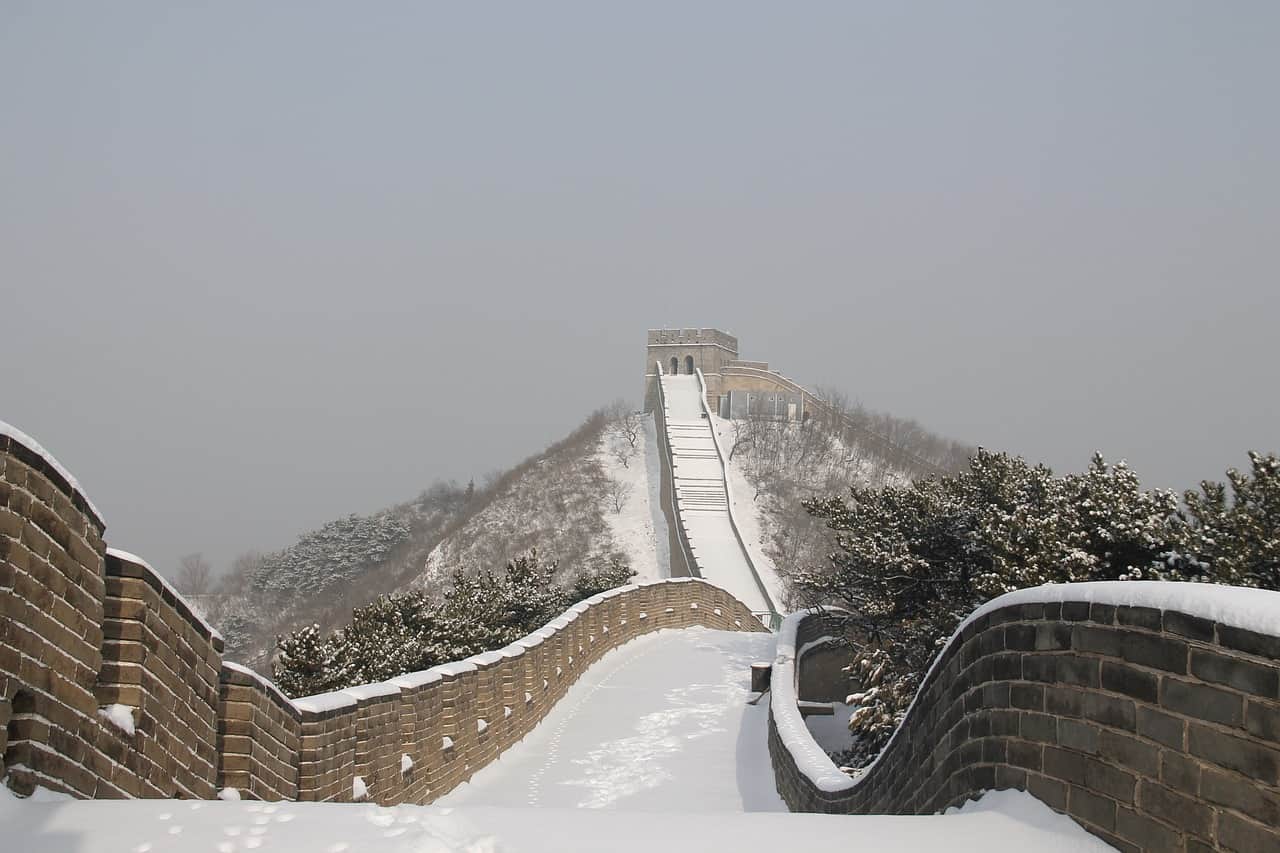
One-third of the walls are missing.
Around one-third of the Great Wall is missing due to natural erosion and human activities, such as tourist damages, and locals who steal the bricks to build houses. Some parts of the wall are deteriorating at a quick rate that they may disappear totally in the next 30 years, if conservation efforts are not taking place immediately.
Badaling is one of the most popular sections of the Great Wall.
Located in Beijing, Badaling is the first section to be opened for tourism in 1957. It is the most visited section, hence also the most well-maintained section of the Great Wall. The highest point of the Badaling is Beibalou, sitting at approximately 1105 meters above sea level.
Badaling was created during the Ming dynasty.
Back then, its primary purpose was to seize and hold a strategic point to protect the Juyongguan Pass (a mountain pass located in the Changping District of Beijing Municipality) to the south, and to safeguard the city of Beijing.
The Great Wall of China attracts more than 10 million visitors annually.

The Great Wall is a must-visit attraction for tourists who are visiting China. Every year, the Great Wall draws more than 10 million visitors. Due to the large volume of visitors, Beijing has limited the daily visitor number to 65,000 at the most famous Badaling section of the Great Wall.
More than 400 country leaders have visited the Great Wall.
From the earliest being the President of USSR, Kliment Voroshilov in 1957, to Barack Obama in 2009 and David Cameron in 2010, the Great Wall has welcomed not just country leaders, but also many celebrities such as Mark Zuckerberg and Michael Jordan.
William Geil was the first person to introduce the Great Wall of China to the westerners.
It was only in 1909 that westerners came to know about the Great Wall of China. William Geil spent 3 months at the Great Wall, and finally published his book “The Great Wall of China” which introduced this great structure, complete with images, which were considered a rare resource during those times.
Jamie Bradish and Rob England hiked the entire Great Wall of China in 10 months.
In 2007, Americans Jamie Bradish and Rob England hiked the entire Great Wall by starting their journey at the Yumenguan Great Wall in the Gansu Province to the easternmost point of the Great Wall on Hushan Mountain.
The whole journey was more than 2900 kilometers, and it took them 10 months to complete the hike. Along the way, Chinese locals treated Jamie and Rob with full hospitality giving them a boost of confidence which also fueled them to keep ongoing.
You can't see the Great Walls from the moon with your naked eyes.
In contrast to some popular belief that the Great Wall can be seen from the moon with naked eyes, the truth is it’s not visible at all. Imagine staring at a needle more than 3 kilometers away, that’s how invisible the Great Wall is!
It may actually be visible from space under certain conditions.
The Great Wall was actually seen by astronauts at the International Space Station. It may not be easy to spot at one glance, but if one knows exactly where to look during favorable viewing conditions, the Great Wall is actually visible by our naked eyes.
It is part of the New7Wonders of the World.
In 2007, the Great Wall of China was listed in the New7Wonders of the World along with Chichén Itzá in Mexico, Petra in Jordan, Machu Picchu in Peru, Colosseum in Rome, Christ the Redeemer in Brazil, and Taj Mahal in India. Moreover, UNESCO recognized the Great Wall as the biggest man-made structure in the world.
For some, the Great Wall is also a symbol of dictatorship.
The Great Wall of China is also viewed by others as a symbol of the government’s and dynasties’ dictatorship, tyranny, and despotism. This is one of the reasons why some people are intentionally destroying and stealing some of the wall’s bricks and stones most especially during the ’70s.
The Mutianyu section is the longest section open for tourists.
As popular as Badaling, but less crowded, the Mutianyu section is the perfect choice for tourists. This 2.5-kilometer section was fully restored in 1986 and it boasts of its beautiful scenery filled with green pines and cypresses.
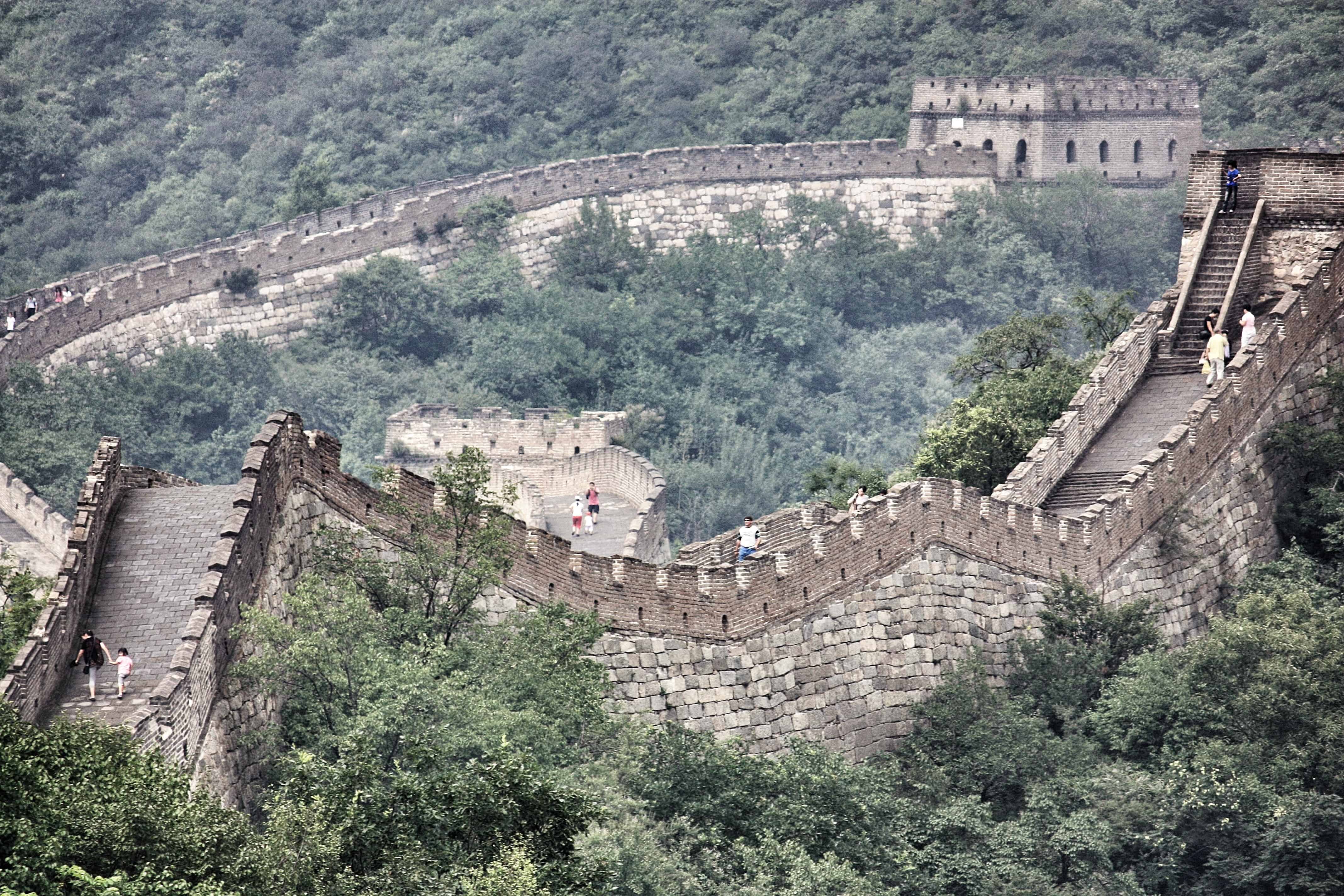
Jinshanling is the most popular hiking route on the Great Wall.
The Jinshanling-Simatai section is a popular 4-hour hiking route. It is half restored and half wild, making it one of the most beautiful areas of the Great Wall where hikers can take in the original look of the wall.
You can enjoy the night view of the Great Wall at the Simatai.
Simatai is the only section open for night tours. It is also one of the brightest lit sections of the Great Wall. Enjoy a night stroll at the walls and take in the night view of the surrounding countryside.
The Jiankou section is a dangerous spot for non-experienced hikers.
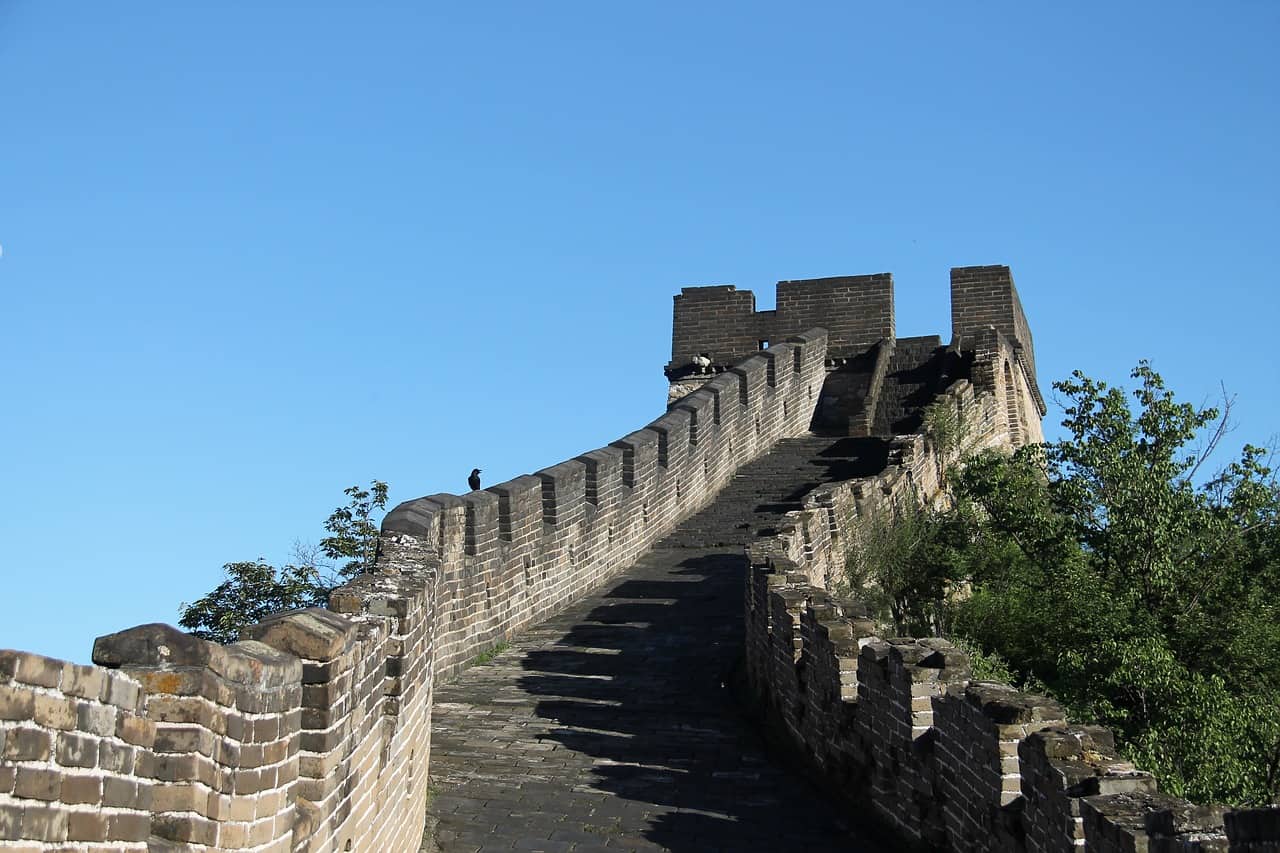
The Great Wall’s most dangerous part or section is the Jiankou section. This section is created on a steep mountain ridge on both sides and it’s suggested that only a seasoned veteran should hike in this area.
What makes this section particularly attractive is its beautiful scenery. This is where avid photography lovers take their picturesque photos of the Great Wall of China.
There are temples along the Great Wall.
Several temples were built alongside the Great Wall of China to glorify their gods. Having temples near gives soldiers a boost of morale which they need especially in battle.
The wheelbarrow was invented in the Great Wall era.
During the construction of the Great Wall, the Chinese invented the wheelbarrow. It helped them move the stones, rocks, bricks, and debris in a very efficient way.
The total cost of the Great Wall is around $95 billion.
The Great Wall of China is one of the most expensive constructions that humanity has ever made. In today’s money, its total cost is around $95 billion. It’s just several billion short compared to the world’s most expensive energy project Kashagan Oil Fields, which costs $116 billion.
Was this page helpful?
Our commitment to delivering trustworthy and engaging content is at the heart of what we do. Each fact on our site is contributed by real users like you, bringing a wealth of diverse insights and information. To ensure the highest standards of accuracy and reliability, our dedicated editors meticulously review each submission. This process guarantees that the facts we share are not only fascinating but also credible. Trust in our commitment to quality and authenticity as you explore and learn with us.


